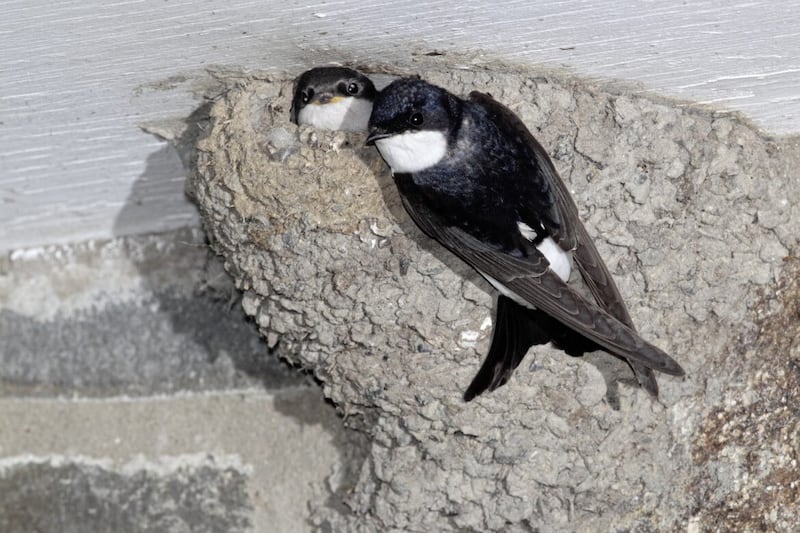SURROUNDED by trees and birds flitting through the air, it's a place I come to take a bit of time out, to sit and watch the world go by. It is an idyllic scene, yet with just a 10-minute walk. I am back in the heart of one of the most vibrant cities in Europe.
The Retiro Park is a huge sprawling area of greenery, with trees, shrubbery and a man-made lake in the centre of it. On a warm October afternoon it is heaving with people, strolling, running, doing tai-chi or yoga, rollerblading, sipping a beer or eating an ice cream while reading a book or newspaper.
Midweek mornings are the best time to come and savour El Retiro and get a sense of the tranquillity it offers Madrilleños and visitors to the city.
The importance of the park and the nearby Paseo del Prado, along which four of Madrid's most important museums are located, has been recognised as a World Heritage Site. The Landscape of Light has been inscribed in UNESCO's World Heritage List under the category of Cultural Landscapes.
The award recognises the importance of the union of nature, culture and science in an urban setting and it is fitting as Madrid pushes to become an environmentally sustainable city.
Both the Retiro Park and the Paseo del Prado predate the 21st century agenda of sustainability by four centuries, but that historic relationship between people and nature in an urban setting are the basis of the Landscape of Light initiative.
The Prado is Madrid's most iconic museum with its stunning collection of paintings by Goya, El Greco and Velasquez among hundreds of others.
At the far end of the Paseo, close to Atocha railway station, is the Reina Sofia Museum with the large-scale and disturbing Guernica by Picasso. It is also home to paintings by Salvador Dalí and Joan Miró.
Another surreal experience awaits visitors to the Thyssen Bornemisza, also located on Paseo del Prado. The permanent exhibition has a combination of classic and contemporary artists.
However, if you visit between now and before the end of January next year, there is an impressive collection by the Belgian surrealist René Magritte. He is an artist who takes landscape and nature and everyday objects to challenge our idea of perception and what is real and what we are projecting as real.
Lesser know is the CaixaForum, with its distinctive vertical garden on an outside wall on which almost 300 species of plant grow. The living wall is green all year round as the species were specially chosen to be adaptable to Madrid's searing heat in the summer and plunging winter temperatures.
The exhibitions currently running at CaixaForum demand participation rather than passive observation. Homo Ludens (Man Playing), despite its Latin title, is very modern interactive study of the world of gaming and how for many people it shapes reality, allows them to develop an online personality and live in a virtual world.
In the floor above is La Imagen Humana (The Human Image) which explores how humans have portrayed themselves in art and symbolism over five millennia.
Madrid has grown rapidly in the past few decades and that has brought huge challenges in the race for sustainability. But it has risen to these challenges and other cities could learn much.
The Madrid Rio has been allowed to re-wild to create an area of rich biodiversity along the Manzanares River in the city. This environmental initiative has created an ecological corridor for numerous species but also means that landlocked Madrid now has a beach in the form of three aquatic enclosures with water jets.






